UAE: surge in gas and oil prices, and demand for chicken
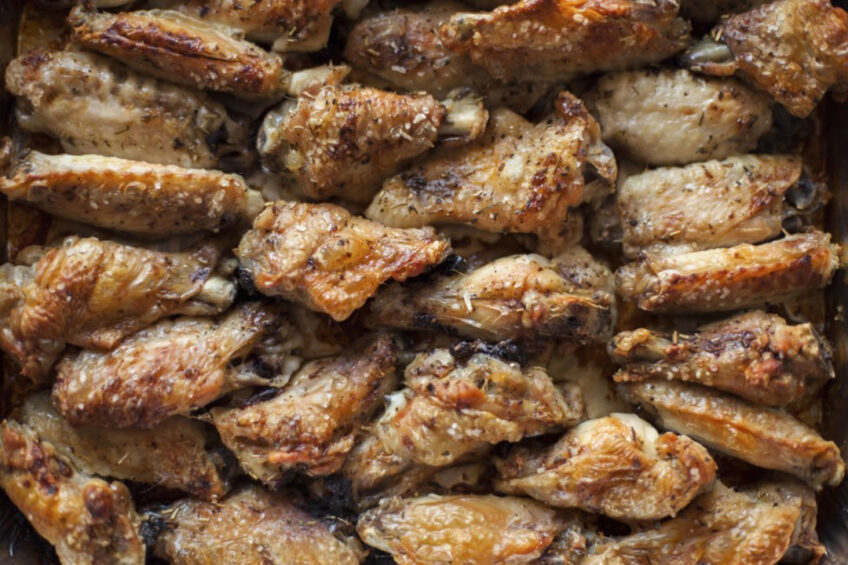
While the UAE wants to produce 30% of its food domestically by 2030, the country is up against increasing costs and continued difficulties in sourcing inputs. The poultry industry is no exception. The country, however, remains a significant hub for global chicken trade.
Poultry production in the UAE
Most poultry production in the UAE occurs in Abu Dhabi. As seen in many parts of the world, poultry production in the country is challenged by continued high input costs and price controls that have opened the market to significant competition, according to a USDA GAINS report. The report forecasts that UAE poultry production was 40,000 in 2021 and will be 44,000 mt in 2022 and 46,000 mt in 2023.
The high price of poultry input imports
Due to limited arable land and minimal rainfall in the UAE, most forms of agriculture are difficult and costly, and because environmental constraints inhibit row cropping, the UAE is almost 100% dependent upon grain, forage, and feed imports. Between 2020 and 2021, the prices of imported corn and soybean meal to the UAE rose by about 24%. In addition, over the last 3 years, the UAE imported roughly 19% of its corn from Ukraine, so its invasion by Russia in 2022 compounded an already difficult supply situation.
Securing and pricing of imported fertilised eggs
Local producers report continued difficulty sourcing imported fertilised eggs, which saw a price increase of 7.73% from 2020 to 2021. In 2021, Turkey was the UAE’s largest supplier (55% market share), followed by the EU (30%), and Brazil (14%). Nevertheless, UAE producers rely on imported fertilised eggs to stabilise flock sizes.
A boom in oil and gas prices, and millionaire residents
Some 30% of the UAE’s GDP is based on the oil and gas industry, the prices of which have soared over the last year, adding to government coffers and resulting in greater investments in transportation and infrastructure. Various projects are underway, and the increase in new workers and work opportunities are expected to boost demand for low-cost sources of animal protein. In addition, the USDA reports notes that “the UAE property and business sectors have benefited from the war in Ukraine by drawing Russian tourists and investors that have difficulty getting into and doing business with the EU”. The UAE is expected to attract over 4,000 new millionaire residents this year.
Feeding a growing labour pool with low-cost chicken meat
Poultry consumption in the UAE is forecast at 430,000 mt in 2022 (2023 forecast: 418,000 mt) driven by the higher oil rents and robust travel, as well as the booming retail foods sector. It is worth noting that Russians bought more than twice as many homes in Dubai in the first half of 2022 as they did in the whole of 2021. These homes, notes the report, “are being built and finished by a growing labour pool fed with low-cost chicken meat”.
To add to the growing population, grocery retail sales in the country expanded by 7.6% in 2021, while e-commerce food and drink grew by 25% (reaching US$515 million) and is expected to increase by more than 23% this year due to greater demand. Increasing demand, additional retail business, and supply factors at export origins have driven chicken meat prices up 14.6% in August 2022 compared to August 2021.
A hub for global chicken trade
Post forecasts chicken meat imports to rise to 416,000 mt in 2022 on strong demand from both the UAE, but also surrounding markets with transhipments and re-exports playing an increasingly important role (from 2017 to 2021, re-exports of chicken meat from the UAE rose by 74%). According to the report, data available as of August 2022 shows that the UAE’s total imports of chicken meat are expected to be record-breaking and near 700,000 mt. But 20% or more of these imports are not destined for the UAE market but will be transhipped to other nearby destinations such as Yemen or Iran.
Brazil continues to dominate the UAE’s poultry import market
Brazil, the US, Ukraine, Turkey, and the EU all had noticeably higher exports to the UAE in 2021 and 2022, despite elevated prices and disrupted production due to outbreaks of avian influenza in the US and some EU countries. Due to preferred pack sizes and price advantages, Brazil continues to dominate the UAE market at over 75% market share.
Local production consumed locally
UAE poultry exports remain a small part of the overall industry, with most poultry produced locally being consumed locally. With continued high input costs and increasing competition from imports, which has curbed the competitiveness of the UAE’s fresh poultry sector, the USDA report forecasts UAE exports of chicken meat to decrease to 30,000 mt in 2022 and 2023.
 Beheer
Beheer

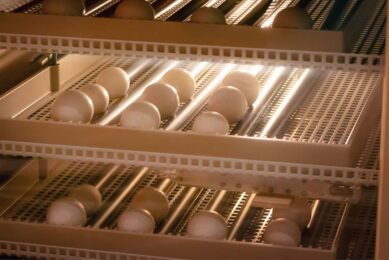
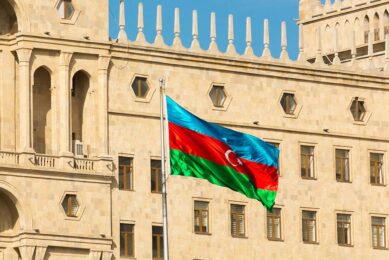
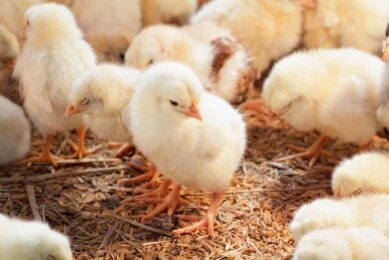
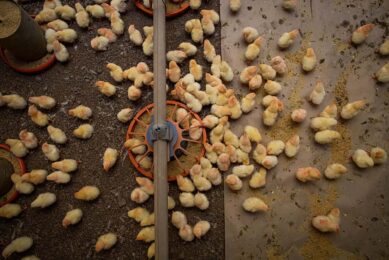



 WP Admin
WP Admin  Bewerk bericht
Bewerk bericht